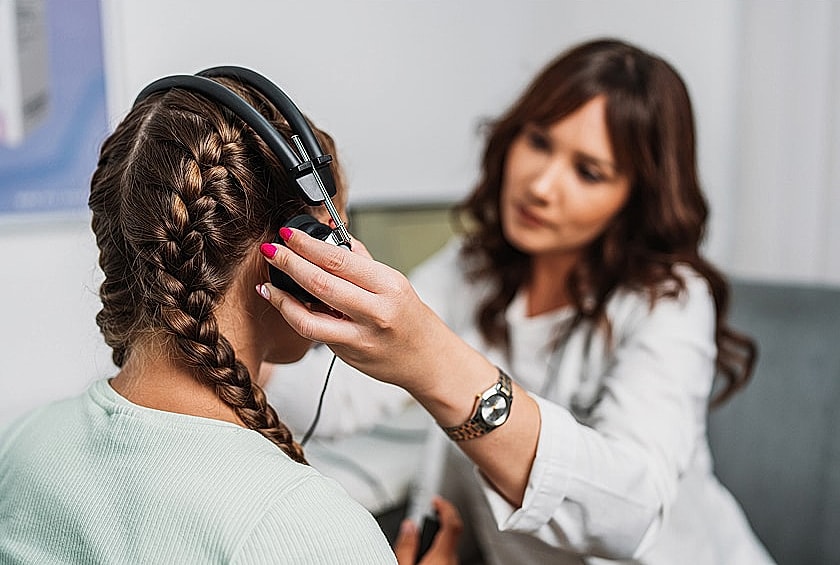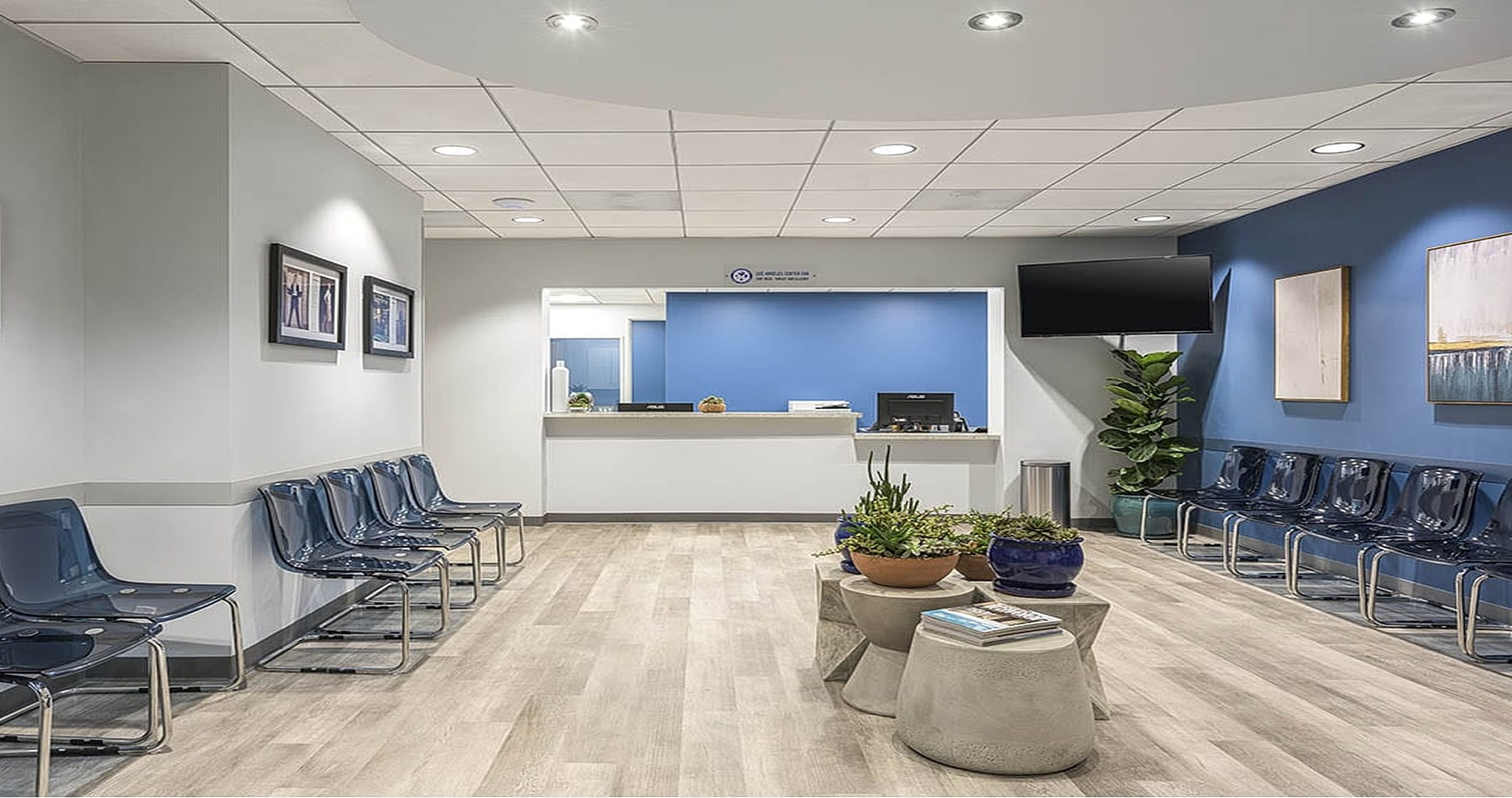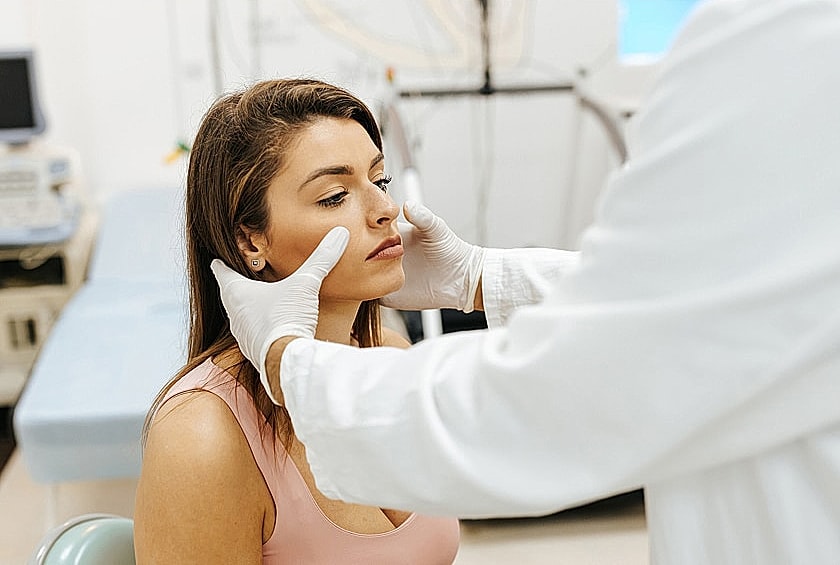At SoCal ENT in Palmdale, we specialize in diagnosing and treating pediatric sleep apnea. From snoring and restless sleep to daytime fatigue or behavioral changes, we’re here to help your child get the restful sleep they need for healthy growth and development.

















Healthy sleep is the foundation for a child’s growth, focus, and emotional balance. At SoCal ENT, our specialists take the time to identify the root causes of pediatric sleep apnea and create a personalized plan tailored to your child’s specific needs.
Our care is guided by compassion and expertise, combining advanced diagnostics with a gentle, reassuring approach. Every step is designed to help your child breathe easier, sleep soundly, and feel their best throughout the day.





Pediatric sleep apnea occurs when a child’s breathing becomes shallow or pauses repeatedly during sleep, most often due to a narrowed or blocked airway. These interruptions can cause restless nights, loud snoring, mouth breathing, and daytime fatigue or irritability. When left untreated, sleep apnea can impact a child’s growth, learning, and overall well-being.
There are two primary types of pediatric sleep apnea:
Obstructive Sleep Apnea (OSA): The most common type, often caused by enlarged tonsils or adenoids that limit airflow during sleep.
Central Sleep Apnea (CSA): A less frequent form that occurs when the brain doesn’t consistently send the proper signals to the muscles responsible for breathing.
At SoCal ENT, our specialists work to identify the underlying cause of your child’s sleep difficulties and design a treatment plan that supports open airways, healthy breathing, and deeper, more restorative rest.
Several factors can contribute to sleep apnea in children, most of which interfere with normal airflow during sleep. Understanding these causes helps guide the most effective treatment plan.
Enlarged Tonsils and Adenoids The most common cause of pediatric sleep apnea, enlarged tonsils or adenoids can partially block the airway, making it harder for a child to breathe freely while asleep.
Excess Weight Extra tissue around the neck and throat may place pressure on the airway, especially when lying flat, increasing the likelihood of nighttime breathing interruptions.
Facial Structure Differences Certain anatomical features—such as a smaller jaw, a high-arched palate, or a recessed chin—can narrow the airway and contribute to obstructed breathing.
Neuromuscular Conditions Children with neurological or muscular conditions, including cerebral palsy or Down syndrome, often have reduced muscle tone that makes it more difficult to keep the airway open during sleep.
Family History Genetics can also play a role. Children with a parent or sibling diagnosed with sleep apnea may be more likely to develop similar symptoms.
Nighttime Symptoms
Daytime Symptoms
If you notice these signs in your child, it's important to seek an early diagnosis and treatment. This can help prevent future complications.

At SoCal ENT, we take a thoughtful, child-centered approach to evaluating sleep apnea. Each diagnosis begins with a clear understanding of your child’s symptoms, daily routines, and overall health.
After reviewing the results, our team designs a treatment plan customized to your child’s unique needs—focused on restoring healthy breathing and promoting deep, consistent sleep.
For children with mild obstructive sleep apnea, small adjustments at home can make a meaningful difference in sleep quality and overall health.
Some children benefit from medication to ease airway inflammation or manage related conditions that contribute to sleep apnea.
In moderate to severe cases, non-surgical treatments such as CPAP or BiPAP can help maintain open airways throughout the night. These devices deliver a gentle, steady flow of air through a mask while your child sleeps, preventing breathing interruptions. PAP therapy is often recommended when surgery isn’t suitable or when other approaches haven’t provided enough improvement.
A custom-made oral appliance, similar to a mouthguard, can help some children breathe more easily during sleep. These devices gently reposition the jaw or tongue to keep the airway open, reducing obstruction and improving airflow throughout the night.
When enlarged tonsils or adenoids are identified as the main cause of airway obstruction, surgical removal is often the most effective way to restore healthy breathing.

A professional evaluation may be needed if your child shows any of the following signs of sleep apnea:
When disrupted sleep begins to impact behavior, learning, or overall health, timely treatment is crucial. For mild cases, simple lifestyle adjustments or medication may help. In more significant cases, options like CPAP therapy or surgical removal of the tonsils and adenoids can provide long-term relief.
If you’re unsure whether your child needs treatment, the pediatric ENT specialists at SoCal ENT in Palm Springs can perform a thorough evaluation and guide you toward the best next steps for your child’s health and well-being.

Most children recover well after treatment for sleep apnea. When tonsil and adenoid removal (TA surgery) is performed, healing typically takes one to two weeks, with only mild discomfort that can be managed at home. For non-surgical treatments such as CPAP therapy or oral appliances, there may be a short adjustment period as your child adapts to the new routine.
As treatment takes effect, many children begin to sleep more deeply, snore less, and wake feeling refreshed. Parents often notice improvements in energy, attention, and mood within just a few weeks—bringing better rest and brighter mornings for the entire family.
Our caring team at SoCal ENT is dedicated to providing your child with lasting relief from sleep apnea symptoms, offering continuous support throughout the journey.
Snoring can be harmless, but if it's loud and accompanied by breathing pauses or restless sleep, it may signal sleep apnea.
Mild sleep apnea in kids might get better over time, but leaving it untreated can cause health issues. It's wise to have a doctor check it out.
Enlarged tonsils and adenoids can block your breathing. A tonsillectomy and adenoidectomy might offer relief.
A sleep study, known as polysomnography, is essential for diagnosing sleep apnea in children. It identifies the most suitable treatment options.
Untreated pediatric sleep apnea may cause behavioral issues, learning challenges, heart problems, and growth delays.